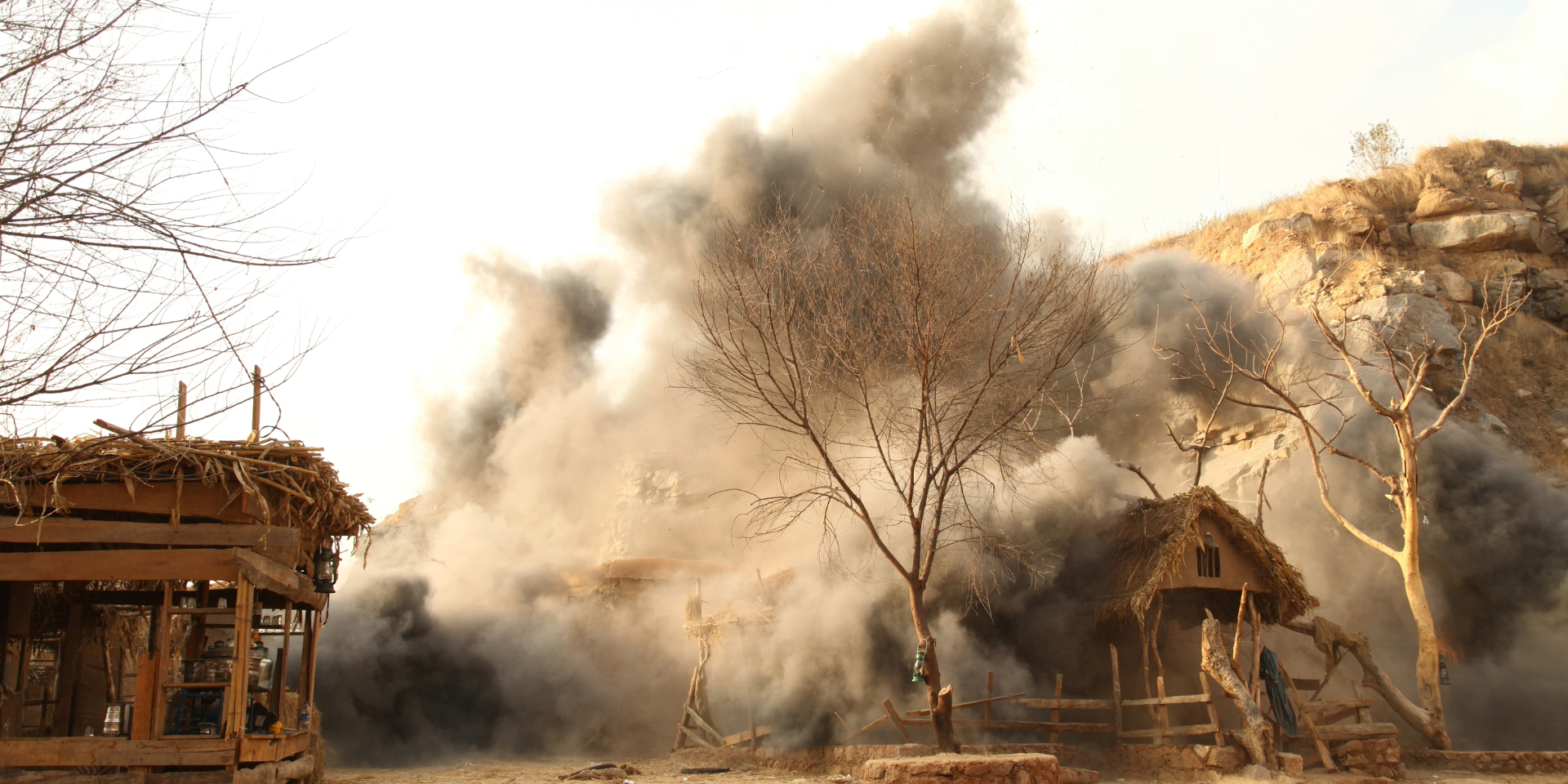The Great Fire of Rome broke out on a hot summer night in July 64 AD.
Rome, the beautiful and troubled capital of the Empire, became an apocalyptic sight in a matter of moments. The fire enveloped the city like a hot veil, transforming it into a spectacle of searing light and shadow. The flames rolled violently towards the heavens as their roar and the sound of the shattering buildings mingled with the screams and wails of the city’s inhabitants.
The fire broke out near the Circus Maximus stadium in the heart of Rome. A strong wind orchestrated the symphony of destruction, pushing the flames into nearby buildings and sending sparks and ash into the air. At a rapid pace, the fire engulfed much of the city. It burned for six days and seven nights, until the people thought they had beaten it. But to the Romans’ despair, the fire broke out again and burned for three more days. In the end, the capital of the world’s greatest empire was nothing more than a smoking scar on the face of the earth.
History tells us that in the midst of the disaster, rumours began to circulate as fast as the flames engulfed the city. Emperor Nero was accused of having ordered the fire to be set in Rome. It was said that while Rome burned, Nero sang. He is said to have sung about the fall of Troy, blending his melody with the city’s groaning. (How much truth there is in Suetonius’ account is still debated.)
In an attempt to divert attention from himself, Nero found a convenient scapegoat in the Christians. At the time, Christians were a small and insignificant sect, but because they were too different and too little understood, Nero saw them as the perfect target. In the period that followed, many were arrested and tortured, forced to confess to a crime they had not committed. They were thrown into arenas to be torn apart by wild animals, burned alive as torches to light public gardens, or crucified. And this macabre spectacle had one motive and one purpose—to provide a public sacrifice to consume the people’s anger and bring closure to a sensitive and dangerous issue.
The story of the Great Fire of Rome does us a very useful favour—beyond the destructive power of fire, it reminds us of the devastating power of lies and the importance of critical and sceptical thinking in the face of information flooding the public space.
The same mechanism of misinformation that helped create and spread rumours about Christians after the Great Fire of Rome is present in the most recent conspiracy theories. In times of crisis or uncertainty, it is often convenient to turn to a simple, well-packaged explanation that identifies a convenient enemy—an individual or group on whom it is easy and advantageous to place blame. It is a recurring strategy, common in totalitarian regimes and in times of acute nationalism, where ethnic or religious minorities, the political opposition or any other group perceived as alien or non-conformist are quickly and naturally blamed for society’s problems.
Such a tendency to see the least understood people in the worst possible light, rather than making the effort necessary to carefully examine the root causes of a situation, may be an intuitive approach, but it is by no means an effective one. The tendency to overestimate the role of the distinctive attributes of an individual or group and to underestimate the objective circumstances is what leads us to blame those who are commonly blamed. Their identity may vary according to context and culture, but every culture has its stigmatised groups.
There is another factor that favours the hasty acceptance of conspiracy explanations in times of crisis: conspiracy theories can give us a sense of security in the face of chaos and uncertainty. People are simply more comfortable with the idea that events are controlled or premeditated than with the idea that they might be the result of chance or uncontrollable forces. Uncertainty has the capacity to put so much pressure on us that it becomes preferable to close the subject with the first explanation that fits our preconceptions. This was the case with many of our responses to the Covid-19 pandemic—a crisis in which conspiracy theories spread surprisingly quickly, precisely because they offered easy explanations for a situation that otherwise seemed inexplicable or too frightening to accept.
We now have access to an overwhelming amount of information and misinformation, making the ability to filter and evaluate sources and form our own conclusions based on solid, verifiable evidence all the more important.
Nearly 2,000 years ago, the flames shaped not only the destiny of Rome and its inhabitants, but also the history of Christianity. Today, truth and the way we seek, verify, and interpret it shape our perceptions, our reality, and our future. Whatever the “hidden hand” behind the events we experience, it is our hands that matter most—hands that can clench into a fist or open in support, hands that can point the finger of blame or that can show the way out of crisis.
Norel Iacob is editor-in-chief of Signs of the Times Romania and ST Network.



















